
hotline:
17715390137
Tel/Wechat:
18101240246 (Technology)
0512-68565571
Email:mxenes@163.com (Sales Engineer)bkxc.bonnie@gmail.com
Scan the code to follow or search the official account on WeChat:
2D Materials Fronrier After paying attention,
click on the lower right corner to contact us,
Enter enterprise WeChat.
Professional Services Online

Lithium sulfur battery has become one of the most promising electrochemical energy storage systems with high energy density for its ultra-high specific capacity and energy density. However, the slow kinetic conversion of lithium polysulfide, which is easily accommodated in ether electrolyte, the poor conductivity of sulfur and reaction product lithium sulfide, and the uneven deposition of lithium sulfide make the commercialization of lithium sulfur battery face great challenges. A large number of studies have shown that the electrochemical performance of lithium sulfur battery can be significantly improved by constructing efficient electrocatalysts, accelerating the conversion process of lithium polysulfide and inducing the uniform deposition of lithium sulfide. In addition, the excessive use of electrolyte will seriously reduce the energy density of lithium sulfur battery system. Therefore, exploring an efficient electrocatalyst system to improve the electrochemical performance of lithium sulfur battery under the premise of low electrolyte consumption will be an effective way to accelerate the commercialization process of lithium sulfur battery.
In order to solve the above problems of lithium sulfur battery, the research group of Professor Shao Guosheng and Professor Zhang Peng of Zhengzhou University constructed a layer of vertical graphene on the surface of TiO2 nanofibers by electrospinning combined with meteorological chemical deposition, and in-situ transformed it into tic, and prepared the TiO2 nanofibers TiC@VG As an efficient composite electrocatalyst system, nanofiber composites have been successfully used in lithium sulfur batteries, The electrochemical performance of the lithium sulfur battery was significantly improved.
The results show that the prepared tic nanofibers can significantly improve the adsorption capacity of lithium polysulfide, reduce the shuttle effect and promote the catalytic conversion of lithium polysulfide. The vertical graphene constructed on the tic surface provides sufficient surface area for the deposition of lithium polysulfide TiC@VG Nanofiber composite electrocatalyst can reduce the shuttle effect and improve the conversion kinetics, It can also induce uniform deposition of lithium sulfide, which greatly improves the electrochemical performance of lithium sulfur battery.
The work was published online on infomat entitled a flexible metallic tic nanofiber / vertical graphene 1D / 2D heterostructured as active catalyst for advanced Li – s batteries (DOI: 10.1002 / inf2.12214).
Citation: InfoMat, 2021; 3(7): 790-803
Here are some parts of the article to introduce you
1 TiC@VG Synthesis route of nanofiber composite electrocatalyst
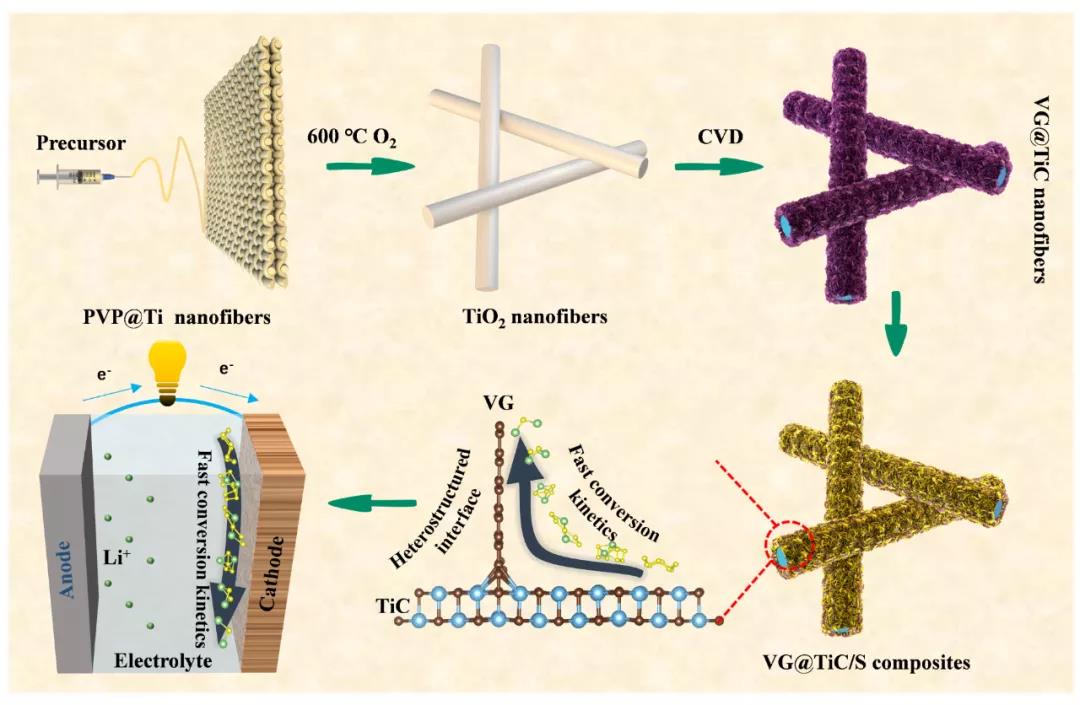
Figure 1 TiC@VG Preparation route of nanofiber electrocatalyst
First, the prepared solution containing titanium source was electrospun to prepare nanofibers, then sintered in the air to remove the polymer carrier to obtain TiO2 nanofibers. Finally, the prepared TiO2 nanofibers were prepared by vapor chemical deposition to grow graphene. At the same time, the role of TiO2 nanofibers in reducing gas was transformed into tic nanofibers TiC@VG Nanofiber electrocatalyst.
2 TiC@VG Morphology and structure characterization of nanofiber composite electrocatalyst
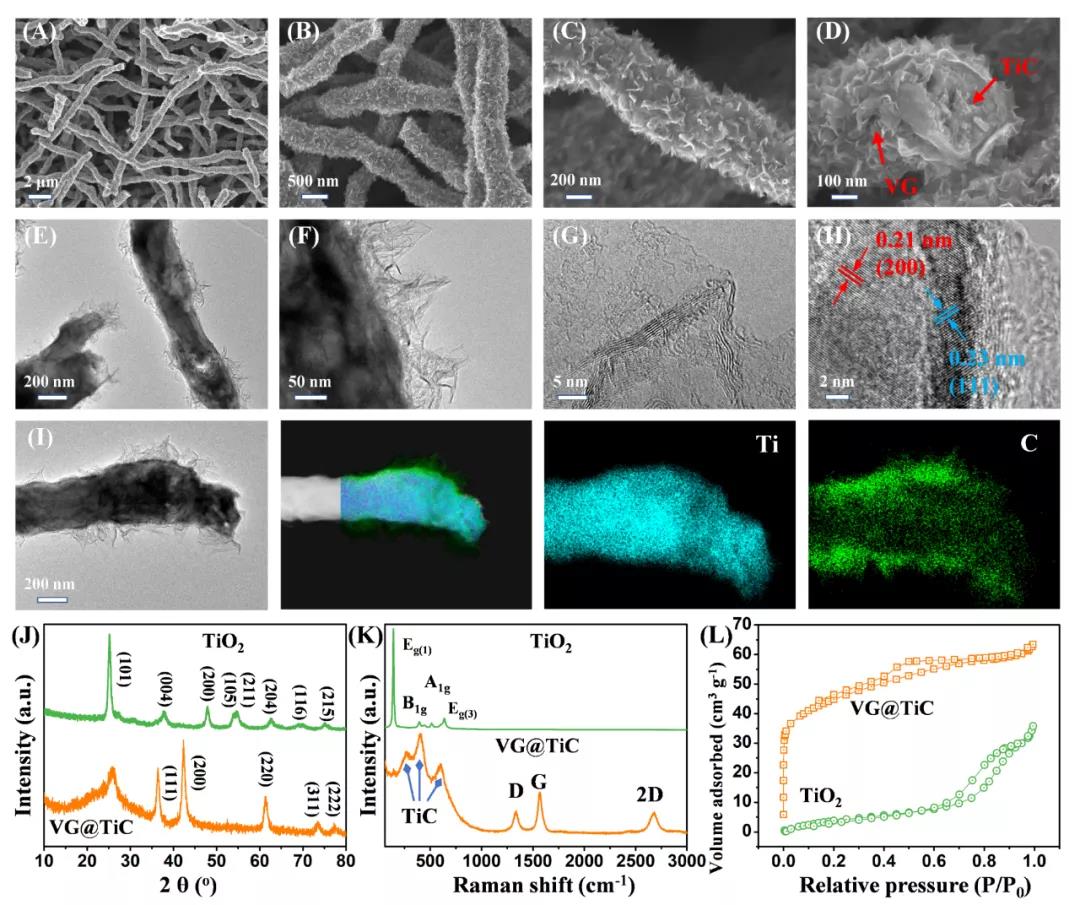
Figure 2 TiC@VG Morphology and structure characterization of nanofiber composite electrocatalyst
Figure 2 (A-D) shows TiC@VG SEM images of the nanofibers show the uniform morphology of the fibers and the vertical structure of graphene. Figure D clearly shows that the vertical graphene is uniformly coated on the tic surface. TEM image g shows the few layer structure of vertical graphene. High resolution transmission image h confirms that the lattice spacing of tic is 0.21 nm and 0.23 nm, corresponding to the (200) and (111) planes of tic, respectively. Figure I is the element distribution diagram of composite electrocatalysis, from which we can clearly see the uniform distribution of elements Ti and C on the fiber surface. X-ray diffraction (XRD) showed that TiO2 was successfully transformed into tic. The appearance of 2D in Raman graph K proves that TiC@VG The successful preparation of nanofibers. In addition, the bet test fully proved that the vertical graphene improved the specific surface area of the electrocatalyst, which would provide an effective deposition area for the uniform deposition of lithium sulfide.
3、 DFT calculation TiC@VG Electronic structure and properties of nanofibers S@TiC @Study on reaction kinetics of VG nanofiber electrode
DFT is used to calculate the charge differential density of Li atoms on tic and VG / TiC surfaces, which shows the potential charge transfer between Li and substrate. The results show that VG / TiC surface has stronger adsorption energy for Li. The calculated density of states (DOS) of tic and VG / TiC indicate that due to the charge screening between the two phases, the coupling of VG and tic enhances the DOS at the Fermi level. The results show that VG / TiC two-phase combination accelerates the diffusion of lithium ion and improves the compatibility with lithium, which will help to improve the electrochemical performance of lithium sulfur battery. Furthermore, we use the ultraviolet photoelectron spectroscopy (UPS) to prove that the composite of VG / TiC has high conductivity.
We further calculated the effect of two-phase recombination on the adsorption of lithium polysulfide, and the results are shown in Fig. 4. The results show that the combination of the two phases greatly improves the adsorption capacity of the composite for polysulfide, which is the premise of improving the catalytic conversion efficiency of polysulfide. Then, for S@TiC @The reaction kinetics of VG nanofiber electrode was studied by CV, CV and GITT TiC@VG The catalytic activity of nanofiber electrocatalyst for lithium polysulfide is shown in Fig. 4e-g. The results show that, TiC@VG Nanofiber electrocatalyst can significantly improve the conversion efficiency of lithium polysulfide and the electrochemical performance of lithium sulfur battery.
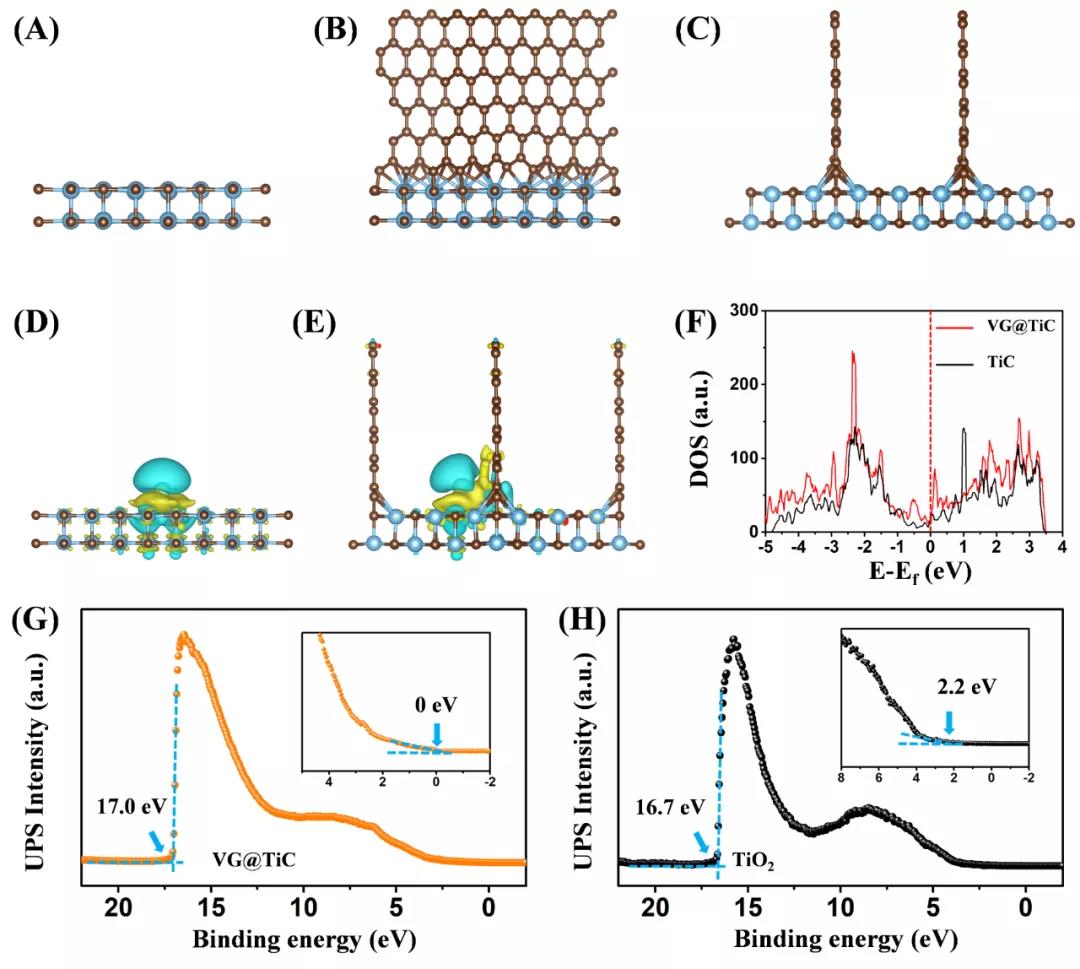
Figure 3 DFT calculation and UPS spectrum

Fig. 4 DFT adsorption performance test and analysis S@TiC @Study on reaction kinetics of VG nanofiber electrode
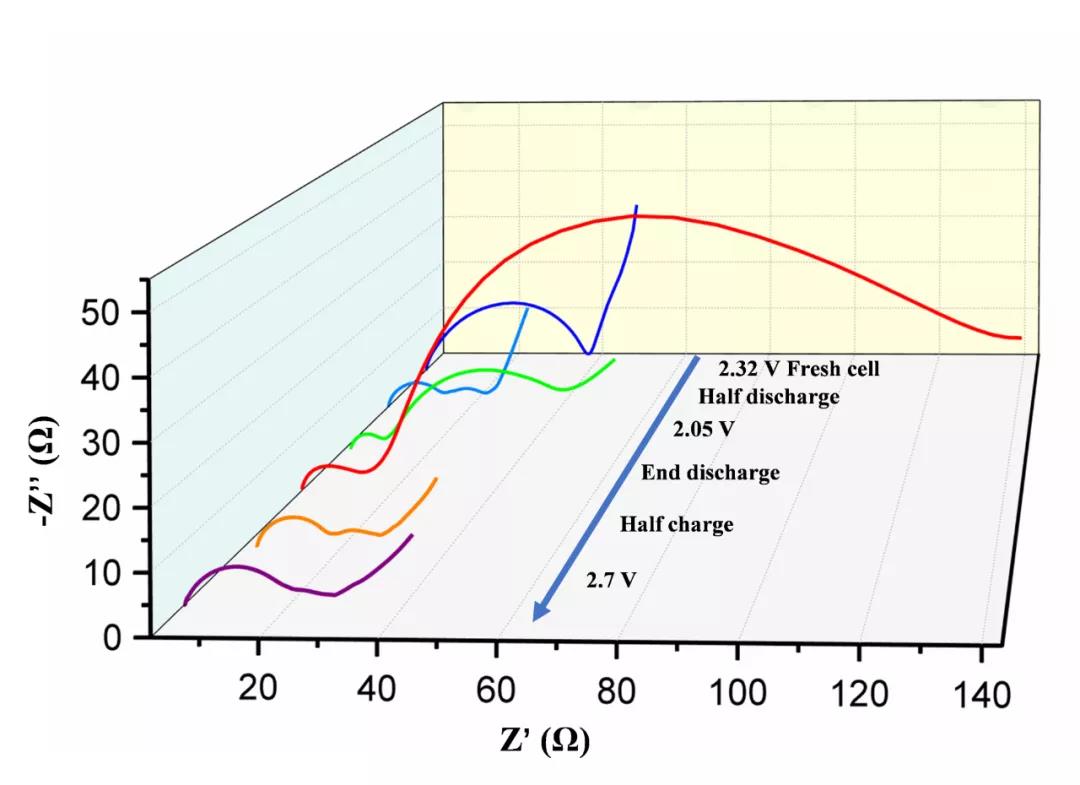
Fig. 5 in situ EIS test
Importantly, we used in-situ electrochemical impedance spectroscopy (EIS) to explore the effect of the transformation of lithium polysulfide and the deposition of lithium sulfide on the lithium sulfur battery, as shown in Figures 4 and 5. The first intersection of the EIS curve on the Z - axis is attributed to the ohmic resistance (R1) between the electrode and the electrolyte, which changes little during the whole redox process. The interface resistance (R2) between cathode material and electrolyte is related to the semicircle in high frequency region. The semicircle becomes smaller when discharging and larger when charging. The second semicircle (R3) in the low frequency region is attributed to the decrease of electron and ion transport due to the increase of deposition thickness of Li2S film, which is the main reason for the decrease of active substance utilization. The correlation resistance caused by such Li2S deposition is related to the second voltage plateau, and increases with the increase of discharge depth, reaching the maximum at the end of discharge. During the charging process, R3 decreases rapidly at the beginning of charging and reaches the minimum at the end of charging. This observation is consistent with the GITT test results, which confirms that the evolution of Li2S film plays an important role in the conversion efficiency between soluble and solid sulfur species in the redox process of lithium sulfur battery.
4 S@TiC @Electrochemical performance of VG nanofiber electrode
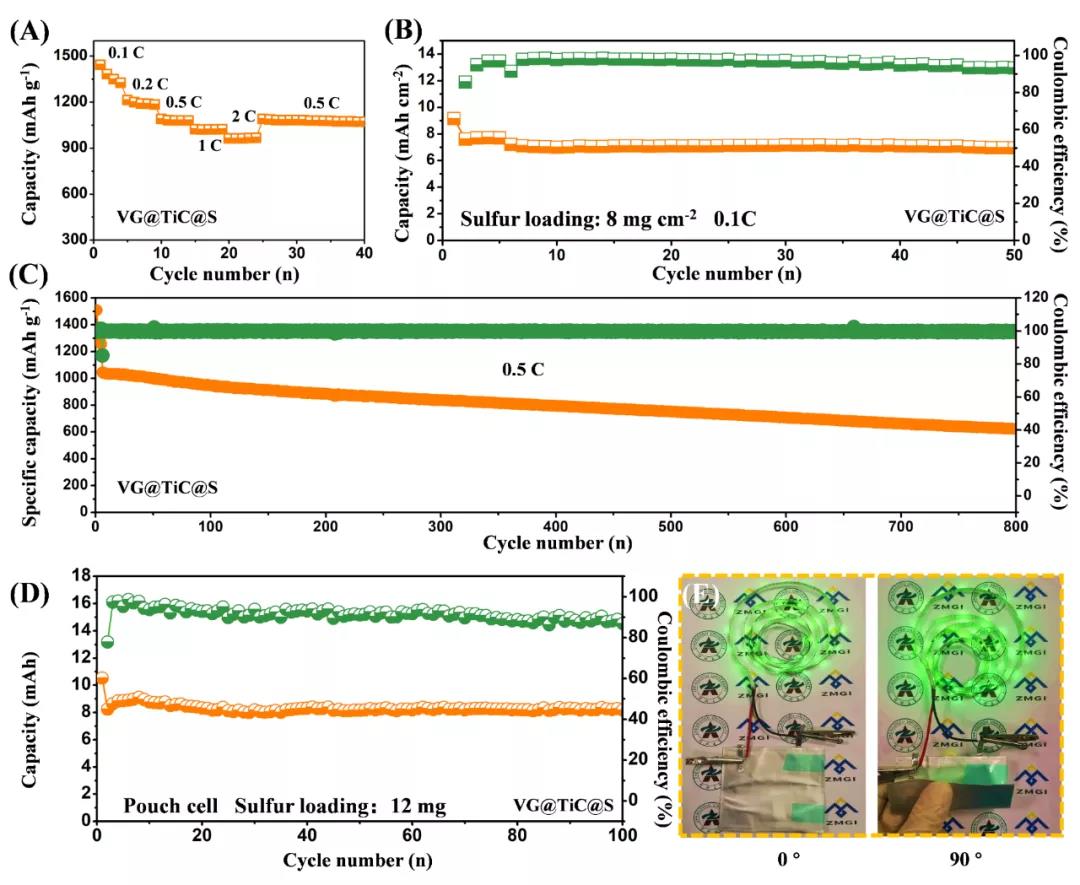
Figure 6 S@TiC @Electrochemical and flexible properties of VG nanofiber electrode
Figure 6A shows S@TiC @The results show that the VG electrode can release 971 MAH g-1 charge even at high current density of 2 C, and can also release 9.1 MAH cm-2 area specific capacity at high sulfur loading of 8 mgcm-2 and low electrolyte with E / S ratio of 6:1, which fully demonstrates the efficiency of the VG electrode TiC@VG High activity of electrocatalyst. In addition, 600 MAH g-1 can be released after 800 cycles. What s more, we also equipped a 12 cm2 soft pack battery, which can stably cycle for 100 cycles and has certain flexibility. These data fully show that TiC@VG Advantages of electrocatalyst.
5、 Summary and Prospect
In conclusion, we have designed and prepared a highly active TiC / graphene nanocomposite as a highly active electrocatalyst for lithium sulfur battery cathode, which greatly improves the electrochemical performance of lithium sulfur battery. The composite nanofiber structure shows ultra-high electrocatalytic activity, which can not only accelerate the catalytic conversion of lithium polysulfide, but also induce the uniform deposition of lithium sulfide. At the same time, it can provide fast ion and electron transport channels, effectively alleviate the volume change of lithium sulfur battery cathode, and improve the utilization rate of active materials. This work provides a new idea for the design of high energy density lithium sulfur battery.
This information is from the Internet for academic exchange only. If there is any infringement, please contact us to delete it immediately

| Reminder: Beijing Beike New Material Technology Co., Ltd. supplies products only for scientific research, not for humans |
| All rights reserved © 2019 beijing beike new material Technology Co., Ltd 京ICP备16054715-2号 |